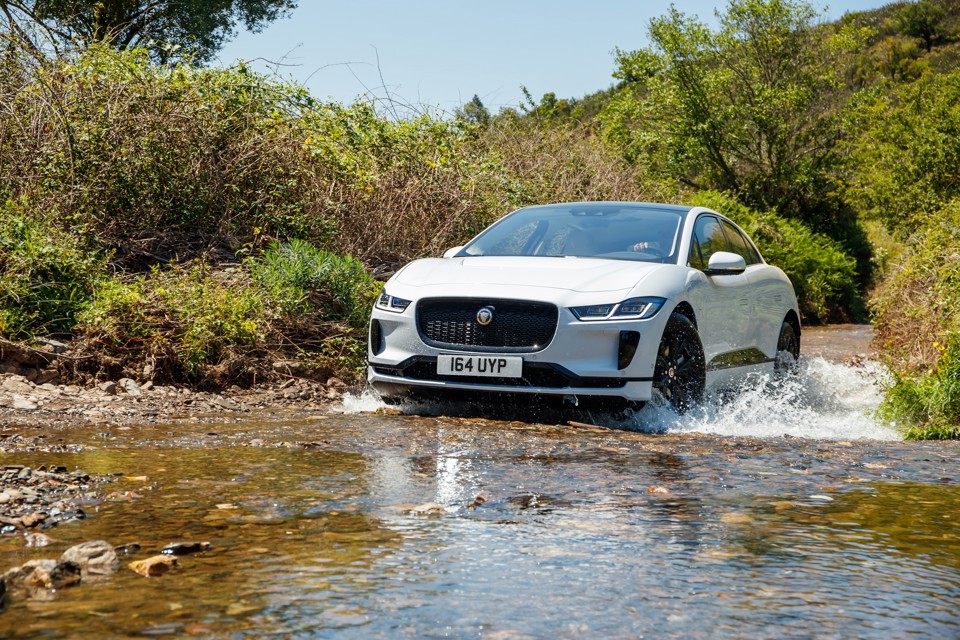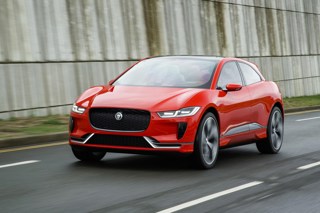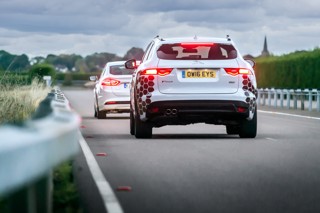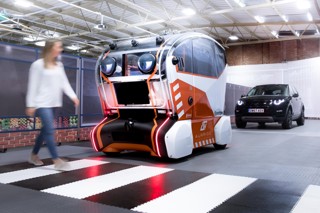Jaguar Land Rover will lead a new Government-backed project to accelerate the development of low and zero emssion vehicles.
The programme is one of two announced this week by the Department for Business, Energy and Industrial Strategy (BEIS), which has committed £22 million to support research into the creation of lightweight vehicle and powertrain structures.
BEIS minister Richard Harrington said: “These projects will make vital progress towards making electric vehicles lighter and more efficient and support our ambition to increase the number of electric vehicles on Britain’s roads.”
Speaking at Cenex-LCV 2018, he added that the UK also had an ambition, “to lead the world in the design, development and manufacture of electric batteries”.
Reducing the weight of vehicles should extend the range of battery-powered vehicles, a key factor for their successful uptake.
“Jaguar Land Rover and its supply chain are focusing on the intelligent application of composite products within the vehicle structure to enable lighter and stiffer products that support the realisation of greater electrification in high volume vehicle platforms,” said Harrington.
By developing cost effective, scalable carbon fibre composite solutions, JLR and its partners will deliver a step-change in the ability of electric vehicles to fulfil their full environmental potential, added Harrington.
Professor Dr Gero Kempf, chief engineer at Jaguar Land Rover, said the development of next generation lightweight body structures will help to achieve, “a performance that will further enhance driver experience for future premium electric vehicles”.
The second project, called ARCS (Affordable High Rate Composite Structures) will be led by Sigmatex. It is looking to create a high-volume, low cost carbon fibre textile and material handling process. By simplifying the production process, the aim is to dramatically increase both productivity and the rate of production.
Scott Tolson, chief executive of Sigmatex, said: “This project will enable us to tackle one of the biggest barriers to greater adoption of lightweight composite materials in the automotive sector – cost. By doing so we expect to make a significant impact on emissions, achieve greater fuel efficiency in vehicles.”




















Login to comment
Comments
No comments have been made yet.